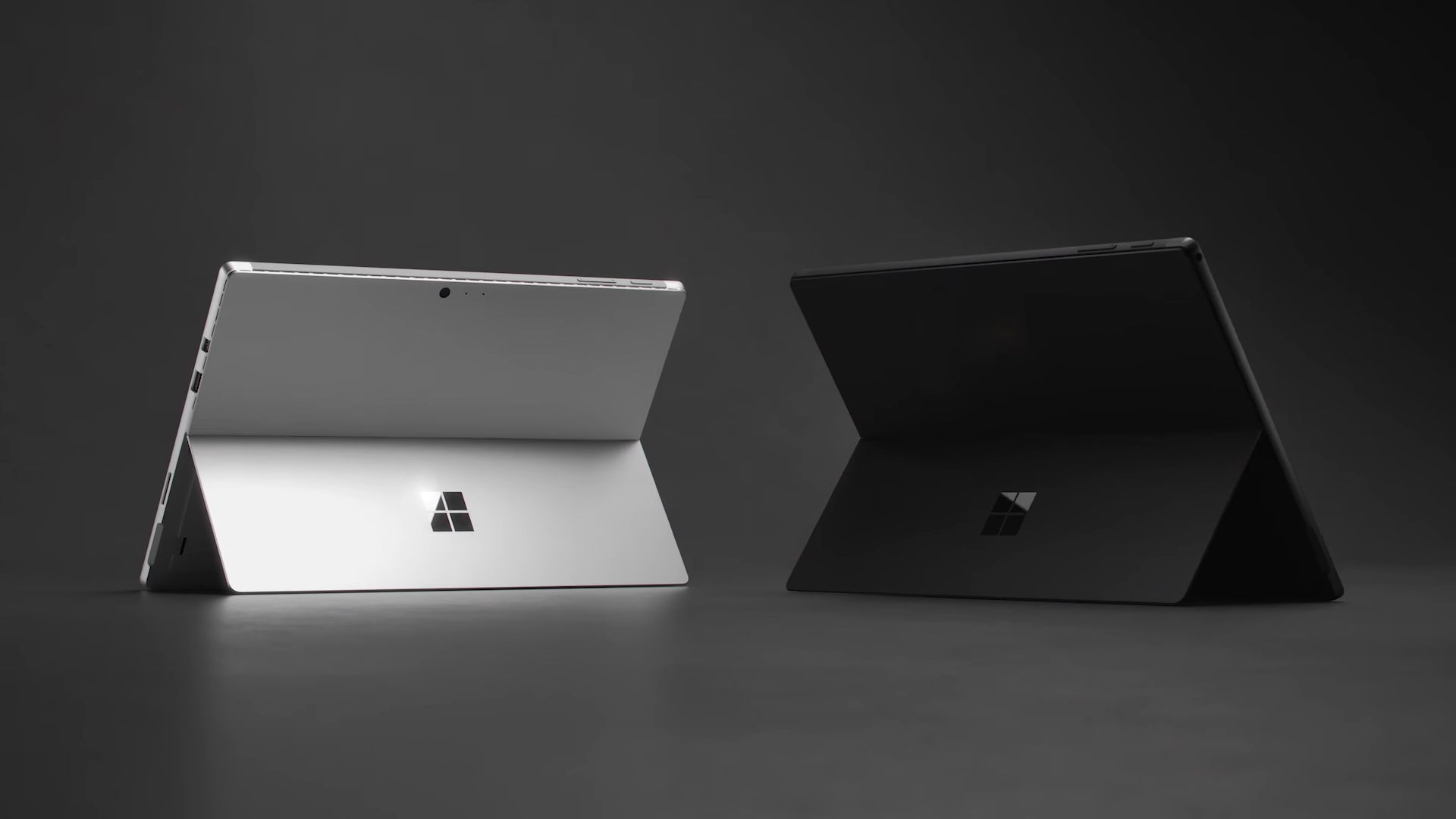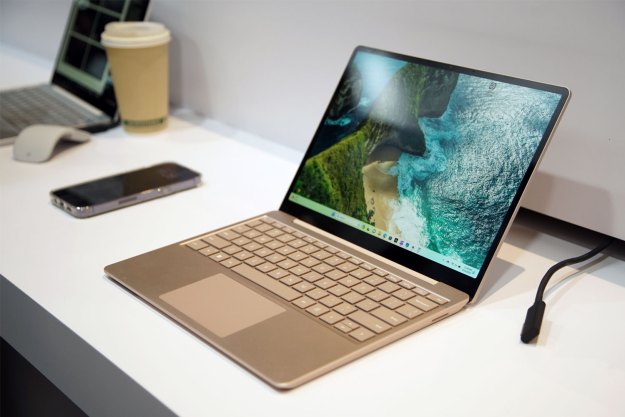
At Microsoft’s October 2 Surface event, Microsoft finally confirmed its successor to the 2017 Surface Pro, the Surface Pro 6.
The design of the Surface Pro line of 2-in-1 laptops has remained unchanged for a number of years, including in its last update in 2017, which was simply named “the Surface Pro.”
But that’s a good thing. In our hands on review of the new device, we noted that the Surface Pro has offered a compelling mix of tablet and laptop since day one, and having refined and polished what exactly that means over the years, Microsoft hit a winning balance with the Surface Pro. Don’t mess with success.
Here’s everything you need to know about the Surface Pro 6.
Release date and price
The Intel Core i5 Surface Pro 6 starts at $900 and was first available on October 16. It should be noted that’s a full $100 more than the current entry-line Surface Pro 2017, which goes for $800, but that does net you a Core i5 versus the slower Core m3 that served as the previous model’s base. The base price does not include the Type Cover keyboard, which will charge you at least an extra $100 depending on which you choose.
As usual, there will be an assortment of configuration options, heading up the ladder in terms of processor, RAM, and storage.
Processor refresh

One of the most important aspects of an annual refresh is to implement Intel’s latest processors, and Microsoft is now moving the Surface Pro from 7th-gen chips to quad-core 8th-gen on the Surface Pro 6.
Microsoft claims that the change in chips can get you up to 3.5 hours more of battery compared to the prior Surface Pro generation, and our review results were close to this. They also mentioned a total of 13.5 hours of battery and 67 percent more performance over the previous generation, both of which also comport with our review. That’s surprisingly good.
New black color

Microsoft confirmed that the new Surface Pro 6 will be going “back to black” along with Surface Laptop 2 — and that’s exactly what we got. It’s been several years since Surface devices were available in black (afterward initial release, they were offered only in silver), but now Microsoft has brought back the color to offer more design choices.
It’s sure to be a welcome change for those who prefer their computers in darker colors, and we also see the new color option for the new Surface Laptop 2. Some recent Surface Pro 6 customer complaints indicate that the material used to create the black color might not be so durable, and so that’s something to keep an eye one.
Outside of the new color, the Surface Pro 6 looks pretty familiar. While some rumors suggested a design overhaul with a very different appearance, the only major design change with the Surface Pro 6 are more rounded edges and a new 1.7-pound weight. Microsoft also mentions that the 12.3-inch display comes in at 267 PPI, which it noted is 3.8 million more pixels than the MacBook Pro.
USB-C is a no-show

The design includes some expected features, but one detail was disappointing to many fans: the Pro 6 does not include the latest USB-C port, as was rumored in the past. This would have been an important upgrade that would cement USB-C’s place as the must-have port upgrade, but Microsoft appears unwilling to take that step for both the Pro 6 and the Surface Laptop 2 — at least for now.
For charging, Surface Connect port handles charging through a magnetic connector, similar to Apple’s now discontinued MagSafe charging tip. The tip appears to have gotten a bigger redesign, but it is otherwise the same connector. When Microsoft launched the Surface Book 2, it still advised customers to use the Surface Connect port for faster charging even though the laptop could be recharged through the USB-C port. Keeping the Surface Connect port would appease corporate owners who have invested in the Surface Dock.
Microsoft’s desktop Surface Dock also connects to the Surface Pro through the Surface Connect port. Microsoft recently released an $80 USB-C adapter that connects through the Surface Connect port as an accessory for those who have invested in USB-C peripherals, such as external storage drives.
No new Surface Pen

While it is black now, Microsoft’s many investments in inking over the past year didn’t result in a major change for the Surface Pro 6. The company has filed a number of patents over the years, showing where it plans to innovate, but of course, not all the technologies that Microsoft is exploring will make it to a final consumer product.
One patent suggests that Microsoft may be working on a Surface Pen with a retractable tip, similar to regular pens today. A patent for haptic feedback on a Surface Pen, for example, allows the pen tip to retract when pressed against the screen. With the applied pressure, the coil inside the pen will activate and vibrate. The pen would work in a similar manner to 3D Touch on Apple’s iPhone today.
Another pen patent that seems less likely to debut next year is a Surface Pen that can harness the light from the Surface Pro’s LCD screen to recharge itself while being used.
The last time Microsoft updated the Surface Pen was when it debuted the 2017 Surface Pro. Microsoft’s pen was more sensitive than the one it replaced, supporting 4,096 levels of pressure sensitivity. With the current pen, Microsoft dropped the pen clip from the previous generation model. In one patent, Microsoft suggests that it could add a touchpad to the pen clip, allowing the pen to replace a mouse. If this happens, the Surface Pen could regain the clip again. Hopefully, we’ll see these pen changes in the Surface Pro 7 next year.
The pen isn’t the only accessory that might change with the next Surface Pro version. The Type Cover detachable keyboard is also up for review, and a recent patent hints that a thinner version might be in the works.
Editors' Recommendations
- Here’s everything we know about the M4 MacBook Pro so far
- Surface Pro 10: all the major changes rumored for the new model
- Surface Laptop Go 3 vs. Surface Pro 7+: is it an upgrade?
- Surface Laptop Studio 2 specs: which should you buy?
- Can you use the Surface Pen with the Surface Laptop Studio 2?


